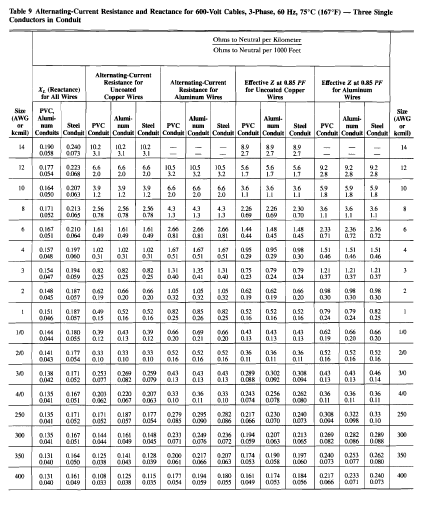Power System Stability
What is power system stability?
The stability of an interconnected power system is its ability to return to normal
or stable operation after having been subjected to some form of disturbance.
Conversely, instability means a condition denoting loss of synchronism or
falling out of step. Stability considerations have been recognized as an essential
part of power system planning for a long time.
With interconnected systems
continually growing in size and extending over vast geographical regions, it is
becoming increasingly more difficult to maintain synchronism between various
parts of a power system.
The dynamics of a power system are characterised by its basic features given
below:
1. Synchronous tie exhibits the typical behaviour that as power transfer is
gradually increased a maximum limit is reached beyond which the system
cannot stay in synchronism, i.e., it falls out of step.
2. The system is basically a spring-inertia oscillatory system with inertia on
the mechanical side and spring action provided by the synchronous tie wherein
power transfer is proportional to sin (delta) (for small delta; delta being the relative
internal angle of machines).
3. Because of power transfer being proportional to sin d, the equation
determining system dynamics is nonlinear for disturbances causing large
variations in angle delta. Stability phenomenon peculiar to non-linear systems as
distinguished from linear systems is therefore exhibited by power systems
(stable up to a certain magnitude of disturbance and unstable for larger
disturbances).
learn more...
 |
| Click to watch video |


.webp)










A comprehensive overview of how electrical grids maintain equilibrium after disturbances. It effectively categorizes stability into steady-state, transient, and dynamic types, each crucial for ensuring uninterrupted power supply. This detailed analysis is invaluable for professionals aiming to enhance grid reliability. Interestingly, the principles of maintaining system stability parallel those in the professional security service ramford, where consistent monitoring and rapid response are key to maintaining safety and order. Overall, the article serves as a vital resource for understanding the complexities of power system operations.
ReplyDelete